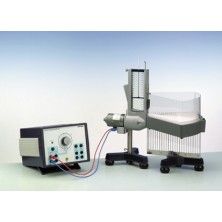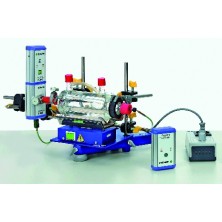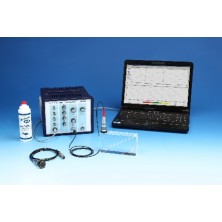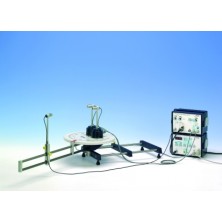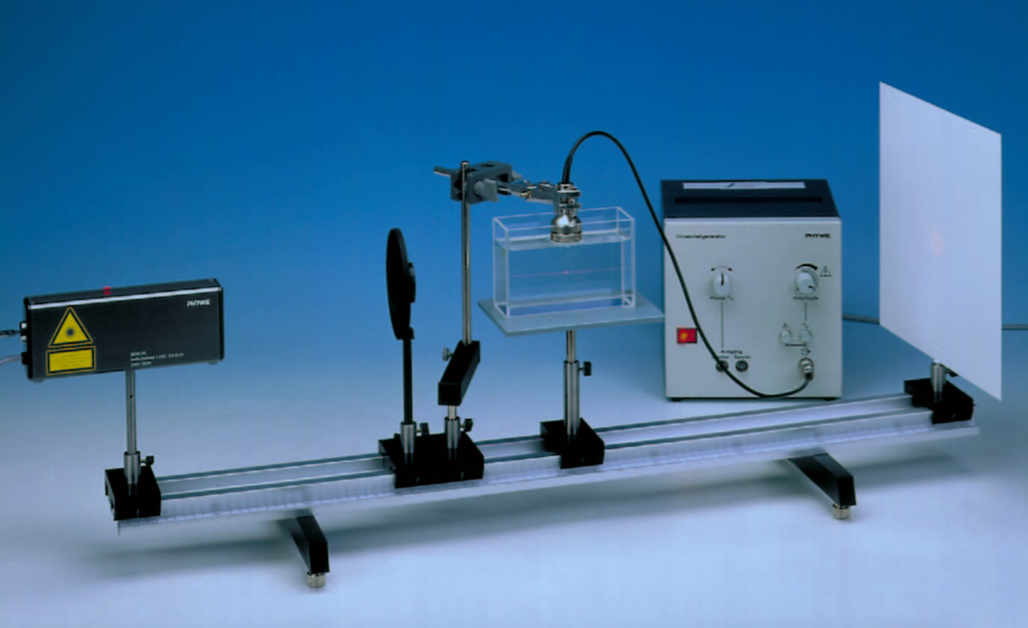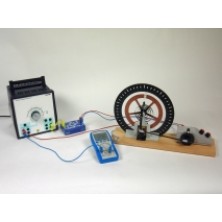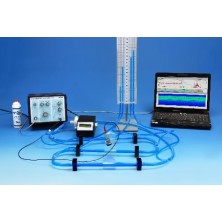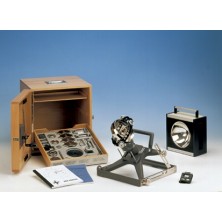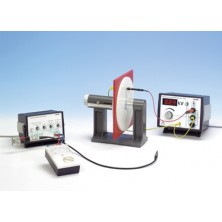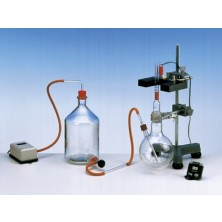
Adiabatic coefficient of gases – Flammersfeld oscillator
Item no.: P2320500 Principle A mass oscillates on a volume of gas in a precision glass tube. The oscillationis maintained by leading escaping gas back into the system. The adiabatic coefficient of various gases is determined from the periodic time of the oscillation. Tasks Determine the adiabatic coefficient of air nitrogen and carbon dioxide (and

